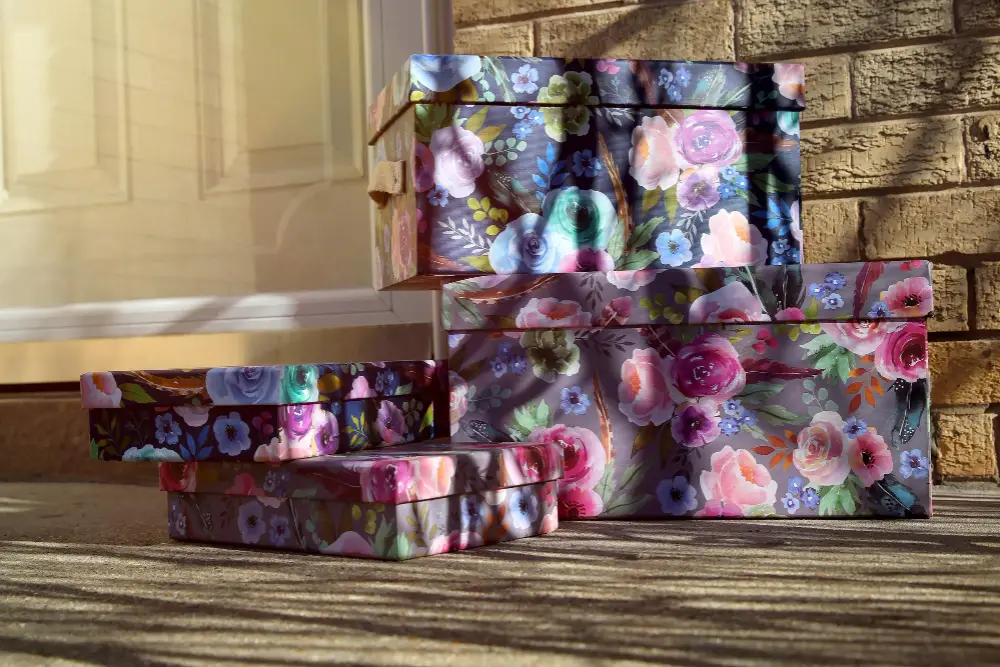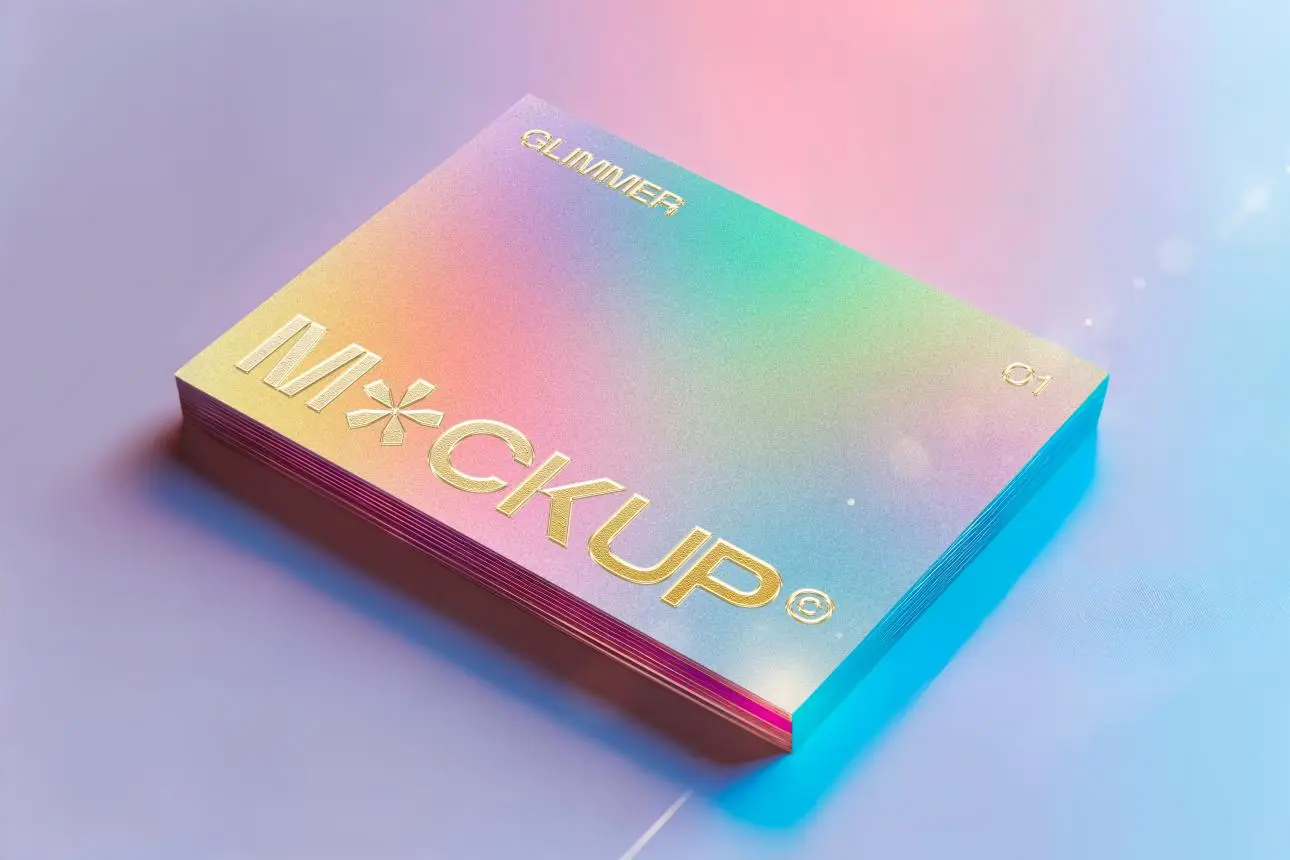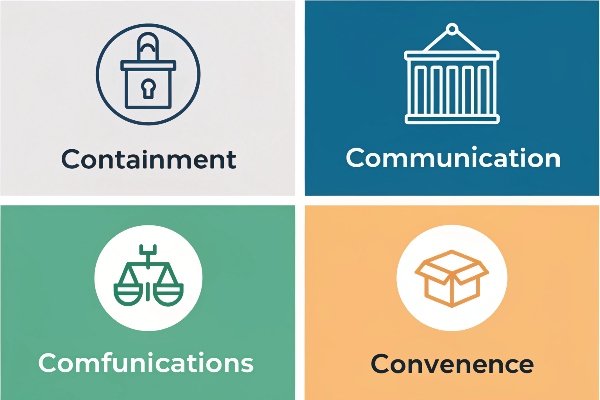Struggling to make your beauty brand stand out? The market is crowded, and your packaging blends in. You need a design that grabs attention and connects with customers instantly.
To achieve differentiated beauty packaging, focus on unique structural design, sustainable materials, and interactive elements. Successful cases often leverage minimalism, bold typography, or a strong narrative that reflects the brand's unique ethos.

The beauty shelf is a battlefield for attention. Every box, bottle, and jar is fighting to be seen. I’ve been in the packaging industry for over 16 years, and I’ve seen brands rise and fall based on their presentation. A potential customer makes a judgment in seconds. Your packaging is your first, and sometimes only, chance to make an impression. It’s not just about looking pretty; it’s about telling a story, conveying value, and creating a memorable experience. Great packaging makes a promise that the product inside has to keep. Let’s explore how you can craft packaging that not only stands out but also drives success.
How can the packaging of a product influence how successful a product is?
Your product is amazing, but it's not selling. Could the packaging be the problem? You know a plain box won't cut it, but you're unsure how much it truly matters.
Packaging is a silent salesperson. It directly influences success by creating the first impression, communicating brand value, and shaping the customer's unboxing experience. Good packaging can justify a premium price and build lasting brand loyalty.

I remember working with a small organic skincare startup years ago. They had a fantastic product but used very generic, low-cost packaging to save money. Sales were flat. They felt defeated. We sat down, and I explained that packaging isn't an expense; it's an investment in the brand's story. We redesigned their boxes to reflect the natural, high-quality ingredients inside. We used textured, recycled paper and a simple, elegant leaf motif.
The First Handshake
Think of your packaging as the first handshake with your customer. Before they even try the product, they hold the box. Does it feel cheap or luxurious? Is it flimsy or sturdy? This initial physical interaction sets expectations. A well-crafted package suggests a well-crafted product. This perceived value is powerful and can be the deciding factor between your product and a competitor's.
Communicating Your Brand Story
Your packaging is also a canvas for your brand's identity. Color, typography, and imagery all work together to send a message. Is your brand playful and fun? Minimalist and sophisticated? Eco-conscious and natural? The design choices you make communicate this instantly. For that skincare client, the earthy tones and recycled paper immediately told customers, "This is a natural, environmentally friendly brand." Sales nearly doubled in the first six months after the relaunch. It's proof that what's on the outside directly impacts what customers think of the inside.
How can companies enhance product design, packaging, or branding to draw customers using the golden ratio concept?
You want your design to look harmonious and professional, but something feels off. The balance isn't right, and you can't put your finger on why. It lacks that professional polish.
Companies can use the golden ratio (approximately 1:1.618) to create visually pleasing layouts and proportions. Apply it to the placement of logos, text blocks, and imagery on packaging to achieve a natural, balanced aesthetic that instinctively attracts the human eye.

The golden ratio isn't just some abstract mathematical concept; it's a practical tool I've used to help designers like Peter find harmony in their work. It's found everywhere in nature, from seashells to flower petals, which is why our brains are hardwired to find it appealing. When a design feels "just right," it’s often because it unknowingly follows these proportions. You don’t need to be a mathematician to use it. Think of it as a simple guide for creating balance.
Creating a Harmonious Layout
Start by dividing your packaging surface. You can use a golden ratio grid to guide the placement of key elements. For example, place your brand logo at the intersection of grid lines, or make the main image area 1.618 times larger than the text area. This creates a natural focal point and guides the customer's eye through the design in a logical, pleasing way. It prevents the design from feeling cluttered or chaotic.
Proportional Shapes and Sizing
The ratio can also guide the dimensions of the box itself or the graphic elements on it. A box with dimensions that approximate the golden ratio will feel more balanced and elegant. You can also use it for typography. For instance, if your heading is 21pt, you can calculate the body text size by dividing by 1.618, which gives you around 13pt. This ensures a readable and aesthetically pleasing relationship between different levels of information. It’s a subtle touch that adds a layer of professional refinement.
Which of the following is a characteristic of successful packaging design?
You're juggling so many design requirements. Functionality, aesthetics, budget, branding. You wonder what the single most important characteristic of successful packaging design really is, but they all seem crucial.
Successful packaging has many traits, but the most crucial is clarity and simplicity. It must answer two questions instantly: What is this product, and what brand is it? Everything else—aesthetics, functionality, sustainability—builds upon this clear foundation.

Over my years in this business, I’ve seen that the most common mistake is trying to do too much. Designers, in an effort to be creative, sometimes overload the packaging with information and graphics. This just creates noise. The customer standing in the aisle is overwhelmed with choices. They don't have time to decipher a complex design. Successful packaging cuts through that noise with clarity. From five feet away, a person should be able to identify your product and your brand.
It's a balance of several key factors working together. It’s not about choosing one characteristic over another, but about how they support each other to create a cohesive whole. I often break it down for my team and clients using a simple table.
| Characteristic | Why It Matters for Success |
|---|---|
| Clarity & Simplicity | Instantly communicates the product's purpose and brand. Prevents customer confusion and decision fatigue. |
| Honesty | The packaging must represent the product accurately. Misleading visuals lead to customer disappointment and damage brand trust. |
| Functionality & Practicality | The package must protect the product, be easy to open, and be convenient to use or store. Frustrating packaging ruins the experience. |
| Shelf Impact | It must be visually distinct to stand out from competitors. This is about being different, not just beautiful. |
| Brand Consistency | The design must align with the brand's overall identity, from its website to its social media, creating a unified presence. |
| Sustainability | Increasingly, customers choose brands that use eco-friendly materials. It shows corporate responsibility and appeals to modern values. |
Thinking about these characteristics helps guide the design process from a simple idea to a successful product on the shelf.
What are the 4 C's of packaging?
You’re trying to create a complete packaging solution, but you're worried you might miss something vital. There are so many moving parts, from legal text to structural integrity. A simple framework could help.
The 4 C's of packaging are a foundational checklist for any design. They are: Containment (it must hold the product securely), Communication (it must inform the customer), Convenience (it must be easy to handle), and Compliance (it must meet legal requirements).

I find this framework incredibly useful, especially when kicking off a new project. It helps ensure we cover all our bases and don't get lost in just the visual aspects of the design. When I consult with designers, I always bring them back to these four principles. It helps structure the entire project and prevents costly mistakes down the line. Let's look at each one.
1. Containment
This is the most basic job of packaging. It must contain the product effectively from the factory to the customer's home. This means protecting it from damage, spillage, and contamination. For a liquid foundation, the bottle must be leak-proof. For a fragile powder palette, the box needs inserts to prevent it from shattering during shipping. Without solid containment, nothing else matters.
2. Communication
Your package needs to talk. It communicates what the product is, how to use it, who made it, and what's inside. This includes everything from the brand name and logo to the ingredient list, instructions, and brand story. Good communication builds trust and helps the customer make an informed purchase.
3. Convenience
How easy is the package to open, use, and store? A jar that’s impossible to open, a box that’s hard to reseal, or a pump that dispenses too much product creates frustration. Convenience is a core part of the user experience. Great packaging considers the entire lifecycle of the product in the customer's hands.
4. Compliance
This is the non-negotiable C. Your packaging must comply with all legal regulations. This includes things like accurate weight/volume information, safety warnings, ingredient declarations, and country-of-origin labels. Ignoring compliance can lead to fines, recalls, and serious damage to your brand’s reputation.
Conclusion
Differentiated design comes from blending a clear message, visual harmony, and user-focused practicality. Master these principles, and your packaging will not just stand out but will actively build your brand.






